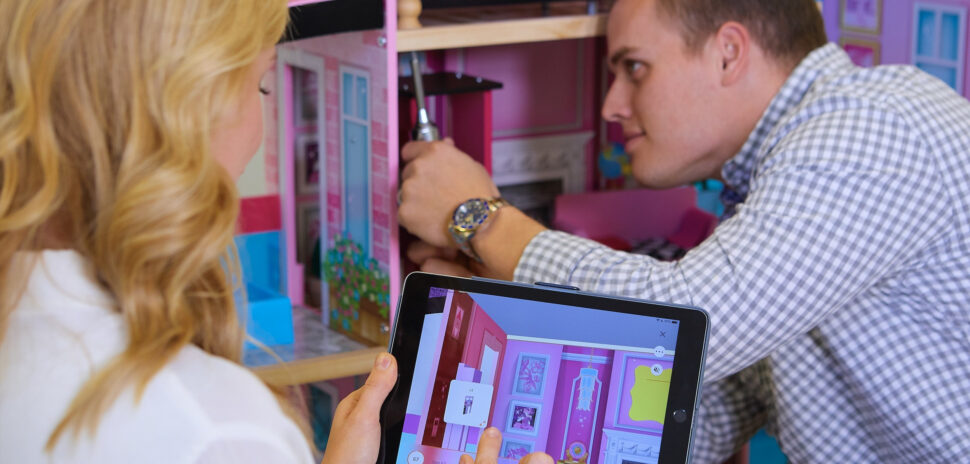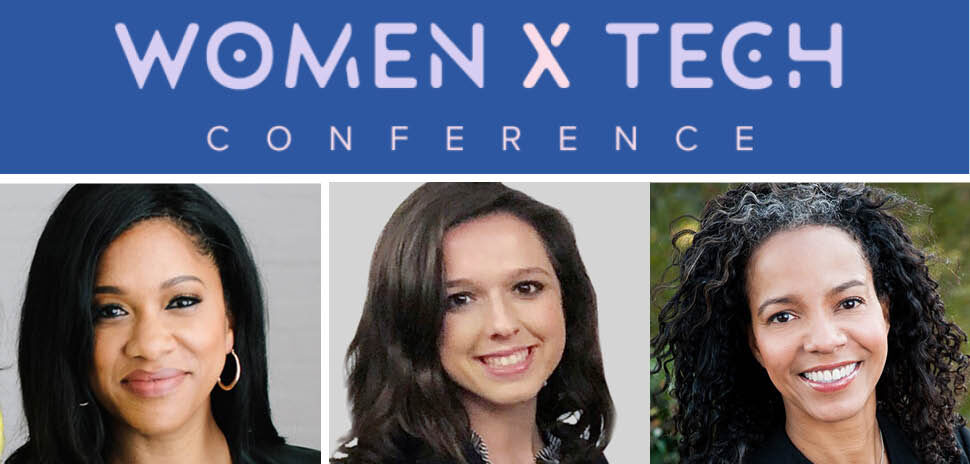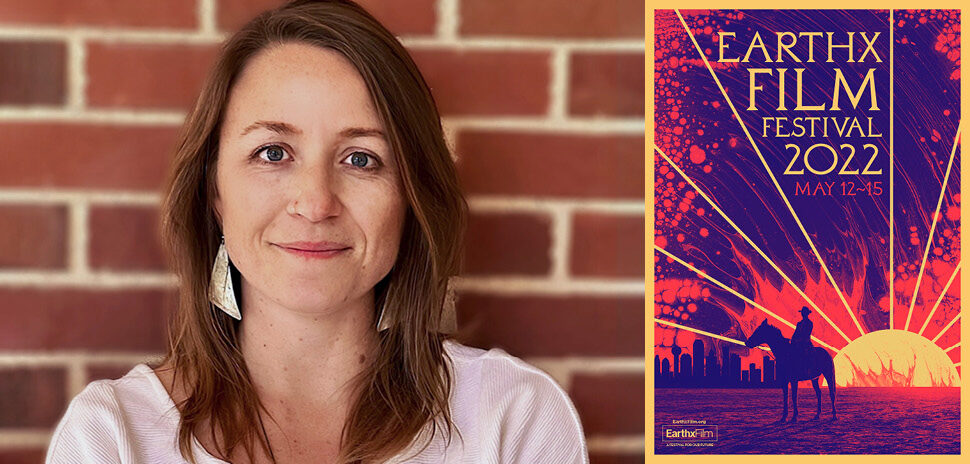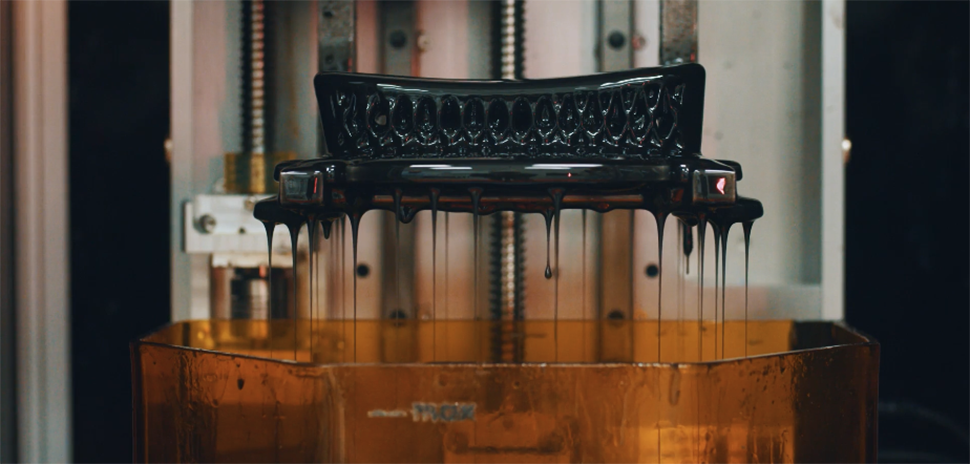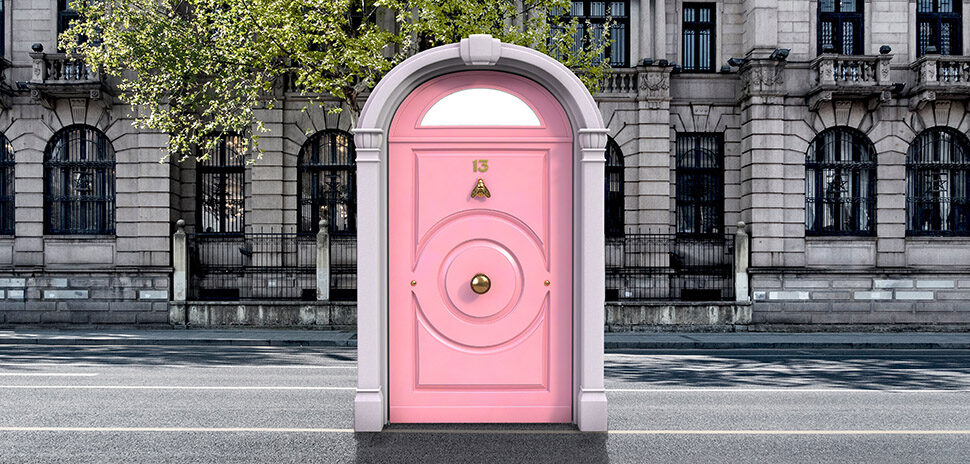Among the dinosaur exhibits and ancient artifacts, museum visitors of all ages strapped on headsets at the Fort Worth Museum of Science and History and stepped into virtual reality to explore the latest advancements in immersive technology.
The museum hosted its first Infinity Festival, a three-day event July 20-22, in which outside organizations demonstrated their latest technologies and the museum scanned 3D artifacts from its collection.
“As a scientist, I have used it [virtual reality] in my research, and I know it’s a powerful tool to communicate concept.”
Doug Roberts
The festival kicked off Friday night with a 21-and-up event called Science on Tap and wrapped up on Sunday with a panel discussion in which experts discussed the breadth of work in virtual reality and immersive technology that is going on in higher education in North Texas.
Panelists included professors and department heads from Trinity Valley School, Texas Christian University, the University of Texas at Dallas, Texas A&M, and an incoming freshman student at the University of Texas at Austin.
The Infinity Festival is the brainchild of Chief Technology Officer Doug Roberts, who assumed his role at the museum in November 2016 after serving as director for the WorldWide Telescope project for the American Astronomical Society.
Roberts oversees the creation of immersive and interactive experiences for museum guests through its Academy of Digital Learning, which is working on overlaying new technology across the museum.
“Virtual reality is one of the technologies I’m personally interested in. As a scientist, I have used it in my research, and I know it’s a powerful tool to communicate concepts,” he said.
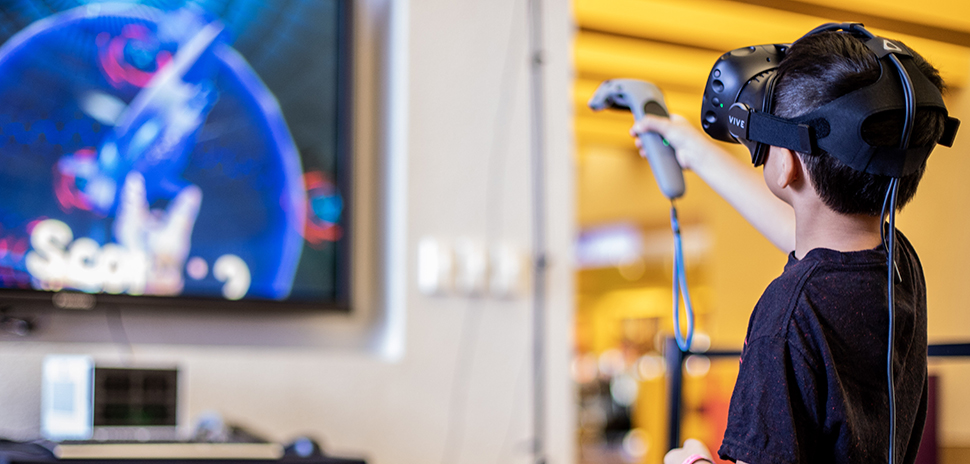
A young visitor plays with a VR set. [Photo Courtesy Fort Worth Museum of Science and History]
FESTIVAL HIGHLIGHTS INFINITE OPPORTUNITIES FOR VR APPLICATIONS
The festival was also a chance to for the museum to form connections with companies in the Dallas-Fort Worth area and beyond who are working on VR and immersive tech.
Aerospace and defense company Lockheed Martin demonstrated how the four forces of flight—thrust, weight, lift, and drag—make a plane fly. With this new knowledge, festival-goers assembled planes such as Lockheed Martin’s F-35 Lightning II fighter jet, the world’s only fifth generation multirole fighter, through a VR game.
Lockheed Martin uses virtual reality for educational and marketing purposes, such as showing potential clients features of an aircraft.
“There’s a lot of applications, and we’ve really been honing in on its capabilities,” Layne Calabro, Lockheed Martin interactive media specialist, said.
Neon Noir, a virtual reality arcade in Fort Worth, set up VR video games for guests. The arcade is the first of its kind in the area and features single-system rooms available for rent and a game library.
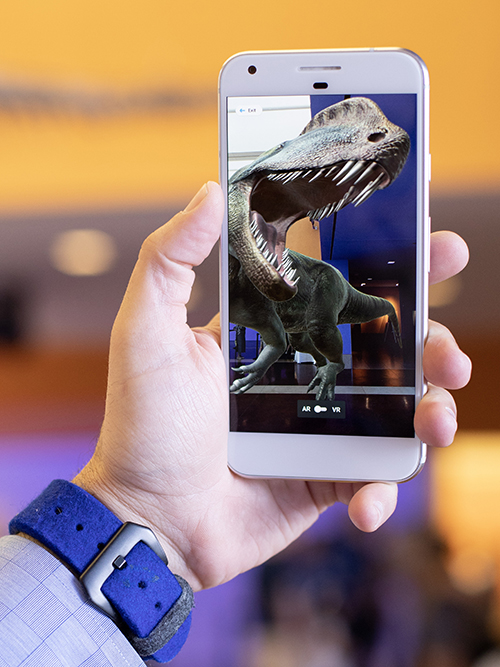
Using the GuidiGO app, visitors could create a 3D dinosaur. [Photo courtesay Fort Worth Museum of Science and History]
Through augmented reality app GuidiGO, festival-goers could make a full-sized dinosaur appear in the museum and compare it to the museum’s own paluxysaurus jonesi. GuidiGO, which launched in 2012, is a publishing platform for creating guided tours on mobile devices. Through the app, users can be guided through cities and museums with augmented reality.
Academy of Digital Learning Assistant Joanna Boulton said that one of museum’s goals is to have its own customizable augmented reality app in which a museum guest could enter their age and interests and be guided on a tour of the museum based on the information they enter.
Spacee’s FrictionFree TouchGlass also was on display during the festival in the form of a touchscreen menu. The technology turns any size glass surface into an interactive touch screen with a projector and camera.
Boulton said the museum could implement TouchGlass by projecting onto the glass surrounding its dinosaurs. Spacee also makes a version in which a museum-goer, for example, steps within the range of the camera and information floods the glass of the exhibit, which could make a gallery space cleaner by minimizing the need for signage, she said.
One of the museum’s main objectives for the weekend was to digitize items from its collection to make 3D models. Through a process called photogrammetry, the museum took hundreds of photos of each object and imported them into a software that aligned the images and created a model. The museum also used laser scanners to generate computer image scans of fossils.
THE FUTURE OF THE FORT WORTH MUSEUM OF SCIENCE & HISTORY
On Sunday, the museum unveiled its Infinity Gallery, a virtual reality application created for the festival showing artifacts scanned during the weekend. IBM interns built the app for the musuem using Unity, a game development platform. The app allows a user to view the scanned collection by wearing a headset.
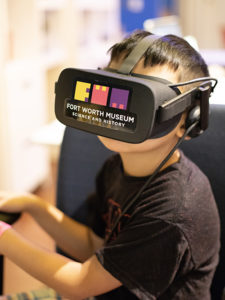
A young museum visitor uses VR goggles. [Photo Courtesy Fort Worth Museum of Science and History]
“You can walk around the room and get really close to the items in our collection,” Boulton said. “These could be items that may have been in the back and are not necessarily accessible to the public, or it’s stuff that is too fragile to put on display or stuff that is may be in another museum.”
VR has reached museums worldwide; there are full-scan virtual versions of the National Museum of Natural History, the Met, the Louvre, and the British Museum, and while the popular “David Bowie is” exhibit has ended after traveling to 12 cities, Sony Music Entertainment recently announced it will release an augmented and virtual reality adaptation of the Bowie retrospective.
“The hope with this is that not only will we be able to bring in collections, like large collections that aren’t normally accessible, but for outreach as well,” Boulton said. This new technology would enable the museum to take its collection directly via VR to schools that might not be able to afford the transportation to get to the museum, she said.
The museum plans to make the Infinity Festival an annual event and grow it to include more collaboration with outside organizations, exhibits, and attendees. Next year, the staff plans to figure out ways to make VR a multiperson experience.
“One of the challenges you’ll see if you look at any of the VR programs here is that they’re all single-person experiences.”
Doug Roberts
“One of the challenges you’ll see if you look at any of the VR programs here is that they’re all single-person experiences,” Roberts said. “That’s a challenge for all museums using virtual reality, so we’re trying to work with Oculus in Seattle to explore how to use multiple devices in formal education.”
Out of all of the exploration occurring throughout the weekend, Roberts was especially excited by the opportunity to see how older and younger age groups interacted with technology.
“What you make a great kids experience, most adults are bored by it,” he said. “We’re learning about those challenges and how to attract different audiences.”
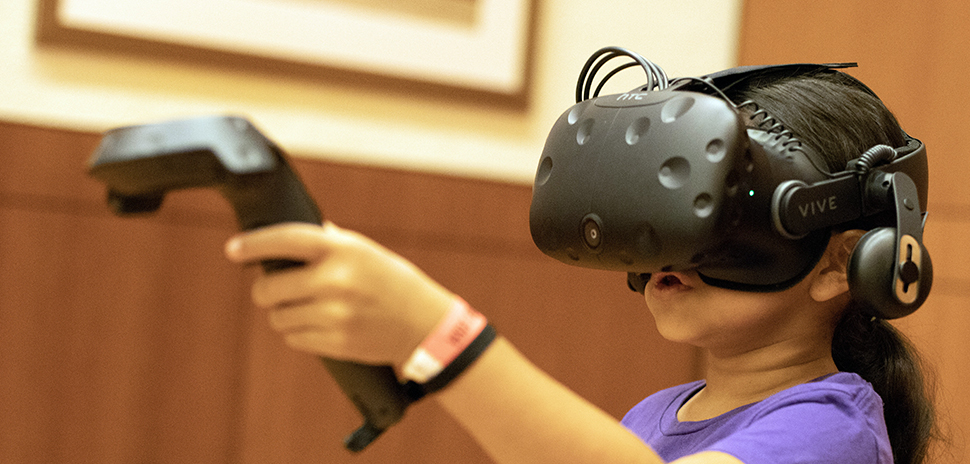
[Photo Courtesy Fort Worth Museum of Science and History]
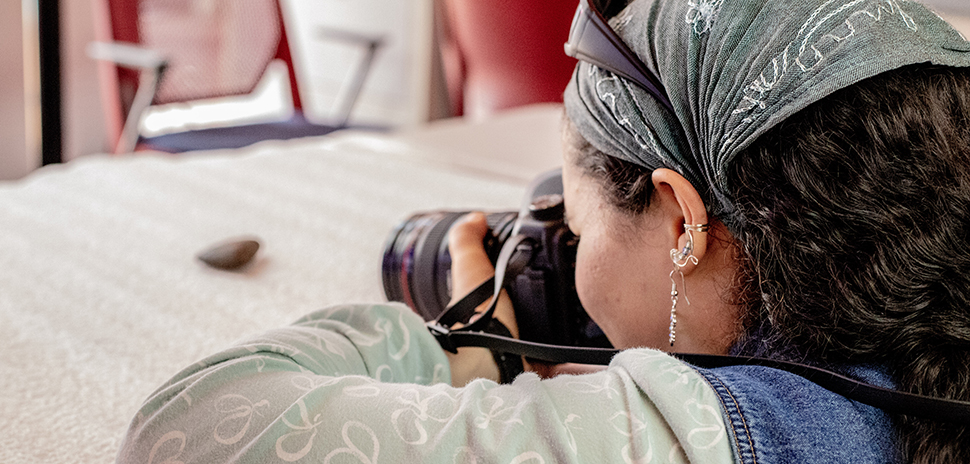
[Photo Courtesy Fort Worth Museum of Science and History]
READ NEXT
Garland ISD Students Using VR to Aid First Responder Training
![]()
Get on the list.
Dallas Innovates, every day.
Sign up to keep your eye on what’s new and next in Dallas-Fort Worth, every day.


